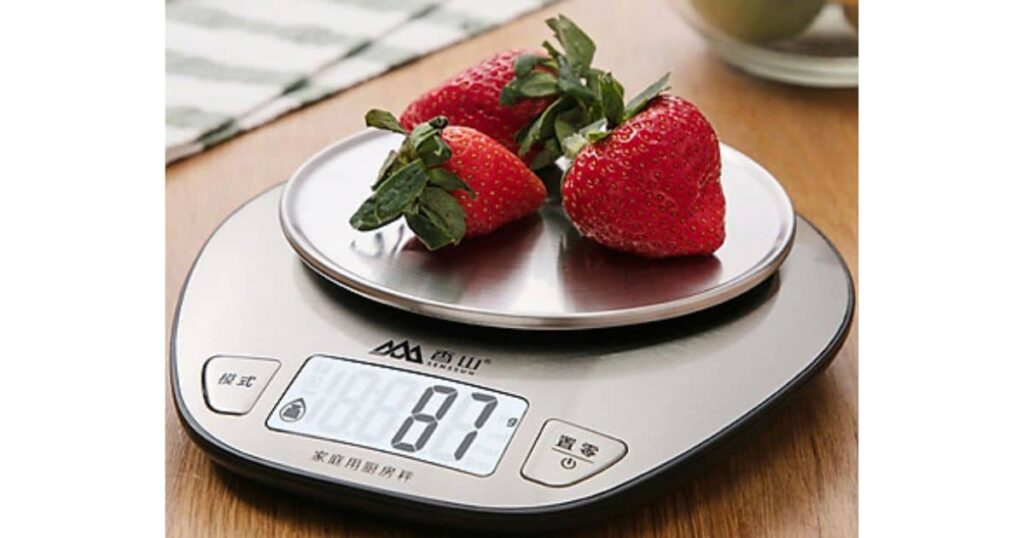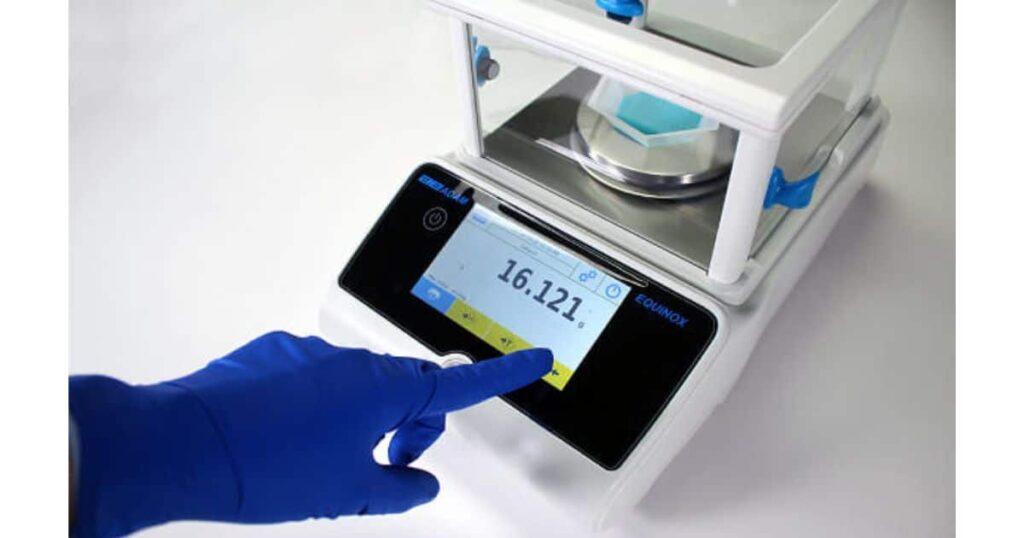Precision and accuracy are paramount in scientific research, industrial applications, and countless everyday tasks. The ability to measure weight with precision is essential in fields ranging from chemistry and engineering to commerce and dietary management.
To achieve accurate measurements, the tare function on a balance is an indispensable tool. However, understanding how to use the tare function correctly is often overlooked or misunderstood. In this comprehensive guide, we will explore the intricacies of the tare function, its applications, and the best practices for using it effectively.
The Fundamentals of Tare Function
The tare function is a fundamental feature of modern weighing instruments, such as digital scales and balances. At its core, taring involves resetting the balance to zero, effectively subtracting the weight of a container or vessel, leaving only the weight of the contents within. This process ensures that the measurement is accurate and excludes any extraneous mass.
To use the tare function effectively, you should follow a specific sequence. Begin by placing the empty container, vessel, or platform on the balance. Next, activate the tare function, often achieved by pressing a dedicated button on the balance. The balance will then display a weight of zero, indicating that it has effectively subtracted the weight of the container. Now, you can add your sample or material to the container, and the balance will provide the net weight of the contents.
This process is crucial for various applications. In chemistry, for instance, it allows for the precise measurement of chemicals and compounds without the need to account for the weight of the container. Similarly, in culinary arts, it simplifies the process of measuring ingredients by eliminating the weight of the mixing bowl or other vessels.
Laboratory Applications
In laboratory settings, precision is paramount, and the tare function plays a crucial role in ensuring accurate measurements. Laboratories often deal with small quantities of materials, and even the weight of a container can significantly affect the results of experiments or analyses.
For example, consider a chemist weighing a sample of a rare and expensive chemical compound. The chemist places a glass vial on the balance, activates the tare function to zero the display, and then carefully adds the compound. The balance now provides the exact weight of the compound without the glass vial’s contribution. This precision is vital for dosing, calculating reaction stoichiometry, and ensuring that experiments yield reliable results.
The tare function is similarly indispensable in fields like pharmaceuticals, where precise measurements of active ingredients are critical to drug formulation and quality control. By tearing the container, pharmacists and researchers can be confident in the accuracy of their measurements.
Industrial and Commercial Use

Beyond laboratories, the tare function finds extensive application in various industrial and commercial settings. In manufacturing and production, accurate weighing is essential for quality control and ensuring that products meet specifications. Taring containers is common when weighing raw materials, parts, or finished products.
For instance, in the food industry, commercial kitchens use the tare function extensively. Chefs and bakers need to measure ingredients accurately to produce consistent and delicious dishes. By using the tare function, they can add successive ingredients to a mixing bowl without having to transfer each measurement to a separate container. This not only saves time but also minimises the risk of errors.
In the retail industry, the tare function is crucial for weighing products at grocery stores, delis, and other businesses. When you purchase items like fruits, vegetables, or cheese from a deli counter, the attendant uses the tare function to deduct the weight of the container, ensuring that you pay only for the product itself.
Calibrating and Maintaining Precision
To ensure the accuracy of the tare function, it is essential to calibrate and maintain the balance regularly. Calibrating the balance involves adjusting it to ensure that it provides correct measurements. Calibration may be necessary when the balance is initially installed, after relocation, or as part of routine maintenance. Regular calibrations by trained technicians are essential for precise measurements.
Additionally, proper maintenance is crucial to the long-term accuracy and reliability of weighing instruments. Dust, dirt, and contaminants can affect the balance’s performance. Regular cleaning and servicing can help prevent such issues.
It’s also important to follow the manufacturer’s guidelines and recommendations for using and maintaining the tare function. Overloading a balance or using it improperly can lead to inaccuracies and, in some cases, damage.
Conclusion
The tare function on a balance is a simple yet indispensable tool for achieving accurate measurements in various fields, including laboratories, industry, and commerce. Understanding how to use this function correctly is fundamental to obtaining precise results and ensuring the integrity of scientific research, product quality, and culinary endeavours.
Whether you are a chemist measuring rare compounds, a chef crafting culinary masterpieces, or a grocer serving customers with fresh produce, the tare function empowers you to subtract the weight of containers and vessels, providing accurate measurements of the contents within. Precision and accuracy, achieved through the tare function, underpin the quality and reliability of the work we do in numerous aspects of our lives. By adhering to best practices and ensuring proper maintenance, we can continue to rely on this essential function for years to come.



